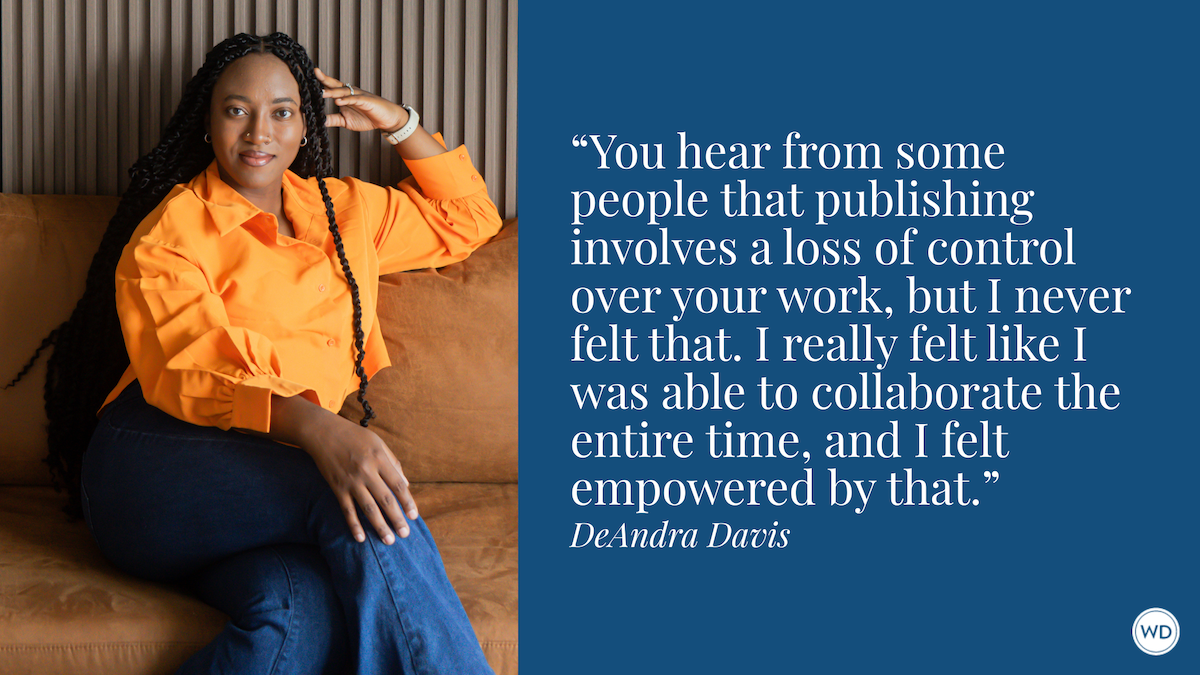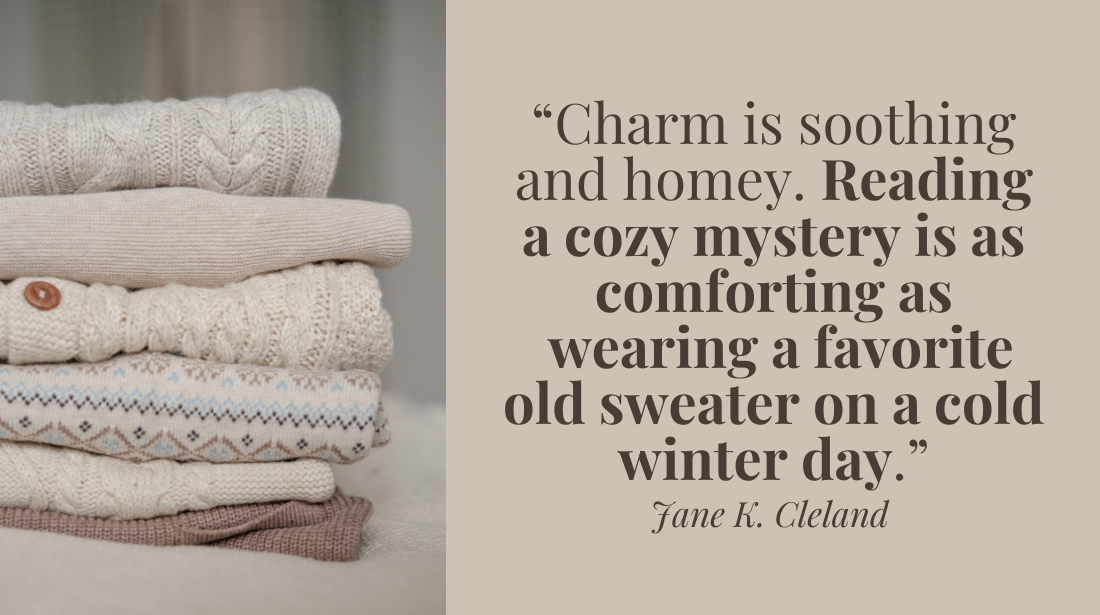POV: Choosing Between First-Person and Third-Person
Choosing which POV (point of view) to write in can be challenging. Writing instructor Pooja Mittal Biswas shares her suggestions for choosing the best POV for your story and genre.
A typical summer afternoon in Sydney is blisteringly hot, but these days, it’s smoky, too. A few weeks ago, I was teaching a writing class on just such an afternoon.
The sun was a dim, vaguely circular red blot, its redness seeping through the haze of smoke like blood through tissue paper. The heat was unrelenting, even indoors; the classroom my students and I were in was as stuffy as an oven. The windows were open, but didn’t do much good. There was a faint scent of ash in the air from the bushfires raging north of Sydney, less than an hour’s drive away. A perpetual smog cloaked the city in a gray-brown, smothering quilt. Pedestrians coughed and squinted their way past our building. We sweated in our chairs, drinking and refilling bottles of water to keep ourselves hydrated.
The class livened up considerably when I was asked about points of view.
“I don’t get it,” said one of my students, wiping the perspiration from his brow. “I mean, I know that the second-person point of view isn’t very popular, and it’s really hard to publish. But how do I choose between writing in the first-person and writing in the third-person? It’s giving me anxiety!”
There were heartfelt murmurs of assent. Clearly, this was a universal predicament.
Choosing a point of view can be anxiety-inducing, especially if the writer hasn’t yet discovered how best to present their protagonist and/or narrator to the reader. So, how do you choose between the two? They each have their advantages and disadvantages, as I will explain below.
Generally, the third-person point of view is more common in publishing and is usually accepted by all publishers and agents without complaint. You’re almost never going to get asked by an editor or an agent to change your novel from third-person to first-person; the reverse is more likely to happen. And if you look at bestselling titles, the majority are in third-person. So the first choice would seemingly be third-person. However, there are of course exceptions where a novel (and a protagonist/narrator) is genuinely better off with a first-person point of view, and fares just as well if not better than a third-person novel.
That is what you have to assess. Which POV is right for you and your novel?
If you naturally tend to write one way, I suggest you stick with that. Trust your “creative” gut. If the first-person comes more naturally to you and flows effortlessly, then that’s your voice as an author and you should absolutely honor that. On the other hand, if one or the other perspective is anathema to you and you find that you simply can’t sustain writing it long-term, then you should avoid that, even if it is the more popular option. You can also think about which point of view you most enjoy as a reader. If you like reading it, then writing it will probably come more intuitively to you.
Some genres require a first-person point of view, or they won’t work at all. An example is the genre of epistolary fiction, where the novel may be told in whole or in part through letters, diary entries and other forms of correspondence. Another example is “autobiographical” fiction, which reads like a first-person autobiography written by your main character. Obviously, as it is “autobiographical,” it needs to be in the first-person or it won’t work. In these cases, I would say go with first-person, because third-person isn’t even an option.
More broadly speaking, first-person is great for generating immediacy, and it easily brings the reader into the subjective experience of the narrator. However, it isn’t as effective at providing out-of-the-character’s-head perspective on the character, setting, or story. For example, the third-person point of view, while less immediate and intimate, has the advantage of allowing you, as the writer, to convey things about the character and what is about to happen to them that the character may not know about. The more impersonal, god-like perspective of the third-person—hovering above the character rather than embodying the character—gives the author the license to be omniscient, or if not omniscient, then at least more knowledgeable than the character. In third-person, you can leave clues that fly past the character’s radar but are caught (hopefully!) by your reader.
For example, if you are writing a mystery novel in which you need to drop clues for the reader about what’s happening that the character may not see or perceive, through foreshadowing that occurs outside of that character’s perspective, then you would be better off with third-person. You wouldn’t be able to convey those hints from a first-person perspective, wherein, if the character doesn’t know about it or perceive it, then it doesn’t exist.
But! If you’re writing a mystery novel from the character’s perspective where you intend to hide facts from the reader (for suspense purposes), then you can choose to write in the first-person, because the character’s limited perspective and subjectivity serves your purpose. It helps obscure things that you only want to reveal later on, machinations that you wish to conceal from the reader as well as from the character. In this sense, the first-person perspective can be used to conceal, as well.
There is also an “in-between” space between first-person and third-person, where you can try to have the best of both worlds by separating your narrator and your protagonist. That is, you can have the main character still acting and experiencing things in third-person, while a disembodied narrator narrates bits and pieces of the story in first-person, or just spontaneously injects commentary where needed. The narrator often has the advantage of knowing more than the protagonist and can be used either as the author’s mouthpiece (don’t be too heavy-handed with that, though!) or as a character in their own right, perhaps even a character named, identified and encountered by the protagonist within the text.
This allows you to bridge first-person and third-person perspectives and can be a means of adding another layer of depth, irony, or humor to a novel. It is, however, not a commonly used technique, and if done needs to be done well. One brilliant example is Orlando. The author, Virginia Woolf, strikes a delicate balance between the third-person perspective of the protagonist and the wry, witty, often dry commentary of the narrator. The narrator is Orlando’s “biographer” who provides details beyond those which the protagonist is privy to and often directly addresses the reader.
"The biographer is now faced with a difficulty which it is better perhaps to confess than to gloss over. Up to this point in telling the story of Orlando’s life, documents, both private and historical, have made it possible to fulfill the first duty of a biographer, which is to plod, without looking to right or left, in the indelible footprints of truth; unenticed by flowers; regardless of shade; on and on methodically till we fall plump into the grave and write finis on the tombstone above our heads. But now we come to an episode which lies right across our path, so that there is no ignoring it. Yet it is dark, mysterious, and undocumented; so that there is no explaining it. Volumes might be written in interpretation of it; whole religious systems founded upon the signification of it. Our simple duty is to state the facts as far as they are known, and so let the reader make of them what he may." — Orlando by Virginia Woolf.
Lastly, you may wish to consider what the most prevalent trend is in your genre. If you’re writing in a particular genre, I would suggest looking at the bestseller list for that genre on Amazon and doing a quick skim of the top books’ “preview” option to check if they’re in the third-person or the first-person. If you see a pretty even split or a tendency towards first-person in your genre, then you’ll be fine going with that. But if the vast majority of the books in your genre are in third-person, then that may be worth considering—not just for popularity’s sake, but because if so many successful writers are making the same choice, then there must be a good reason for it. Think about that reason and see if it also applies to your novel. If it doesn’t, then you can of course always go your own way. In fact, if your gut (or your Muse) is insistently telling you to go a particular way, go that way.
So what you have to ask yourself is:
- Which point of view are you most comfortable writing?
- Which point of view do you most enjoy reading?
- What better suits your novel and your protagonist?
- Do you want the reader to be fully immersed in the protagonist’s experience (first-person) or do you want to give the reader some information from outside that experience (third-person)?
- What’s the market trend in your genre?
If most of your answers to the above questions are “first-person,” then go with that. And if most are “third-person,” then go with that! But if you’re still undecided, I suggest experimenting. You can do so by writing two or three short scenes from your novel in the first-person and the third-person, and then comparing them to see which perspective reads better. You can even ask trusted readers, like family, friends, or members of your writing group, to tell you which perspective reads better. Then tally up the votes and you’ll have your result. That’s a more “democratic” way of figuring out which point of view to use.
Or if you want to have your cake and eat it too, you can pursue a hybrid approach, like Orlando, which features a separate narrator and protagonist.
Congratulations! You are now fully equipped to make your choice as to which point of view you’ll use.
Pooja Mittal Biswas lives in Australia with her family, her books, and a series of disconcertingly intelligent possum houseguests. She is the author of four books. Her fifth book, a fantasy novel titled Earthstone, is slated for release in 2020. Pooja has been reviewed and interviewed in The Age, The Australian, and ABC Radio’s The Book Show, and has been anthologized in both The Best Australian Poems and The Best Australian Poetry. She has also been widely published in literary journals like Meanjin, Hecate, and Jacket, and was selected as a national representative for UNESCO’s Babele Poetica project. Currently, Pooja is teaching Novel Writing at Sydney University’s Centre for Continuing Education, and is conducting postgraduate research into Creative Writing at Macquarie University.








